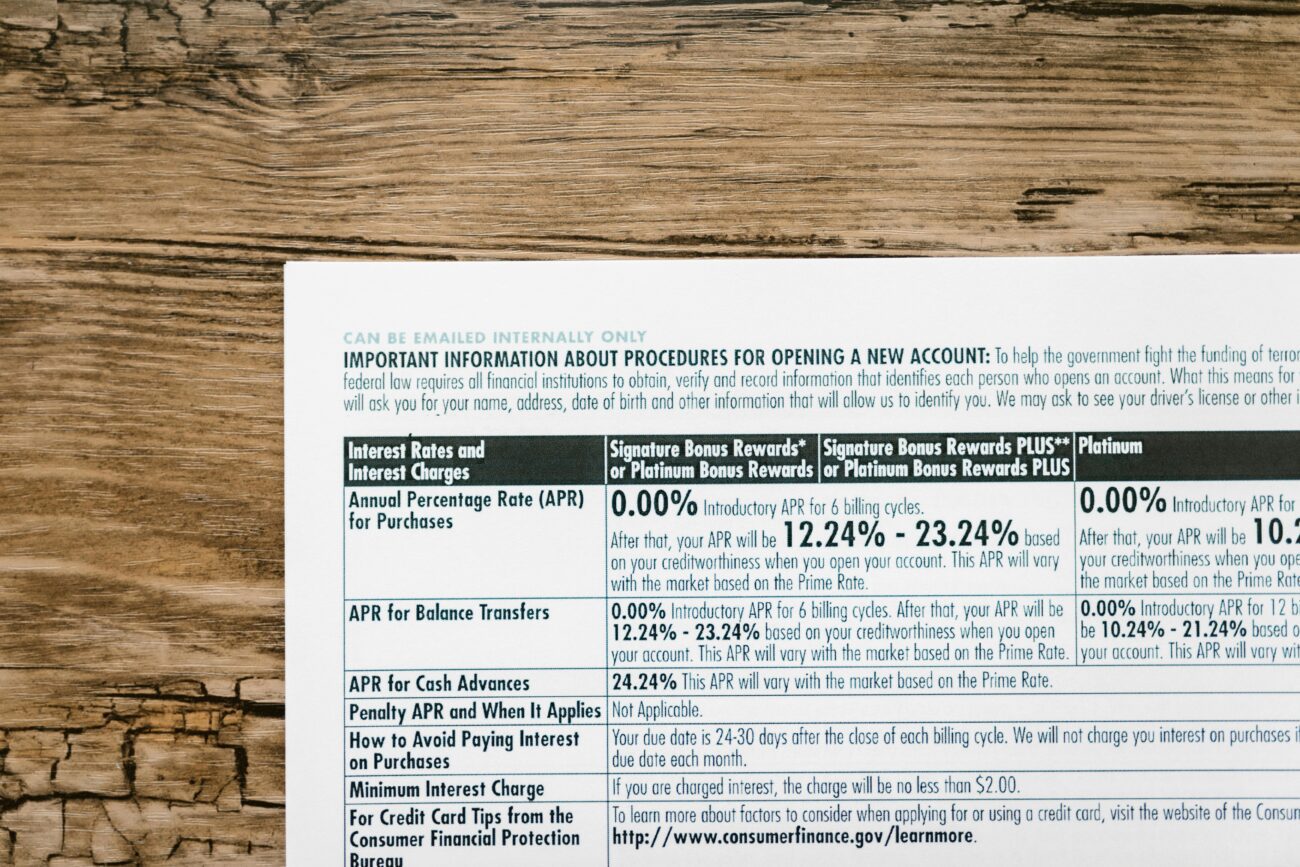If you’re tired of glasses and contacts, you’ve probably wondered if your health insurance will cover the cost of LASIK eye surgery. It’s a question many people ask, and the short answer is: probably not, but there are important exceptions and ways to save.
Most health insurance companies consider LASIK an “elective” or “cosmetic” procedure. Since glasses and contact lenses are already available as a medical alternative, insurance providers typically do not see LASIK as a medically necessary surgery.
However, that’s not the end of the story. While full coverage is rare, many people find they can significantly reduce the cost of the procedure.
The 3 Ways Your Insurance Can Help
Even if your plan doesn’t provide full coverage, there are three common scenarios where you can still get financial help with LASIK.
1. Vision Plan Discounts
This is the most common way insurance can help. Your health insurance plan may not cover LASIK, but your separate vision plan (like VSP, EyeMed, or others) often offers a discount. These are not full coverage, but they can lower your out-of-pocket cost by hundreds or even a thousand dollars.
- Provider Networks: To get the discount, you usually have to use a surgeon within your vision plan’s specific network.
- Pre-negotiated Rates: These discounts are often pre-negotiated, so the LASIK center agrees to charge a lower rate for plan members.
2. Medical Necessity Coverage (The Rare Exception)
In very specific, rare situations, LASIK may be considered medically necessary. This is not for a typical vision correction. It applies when:
- You have a medical condition or severe injury that makes it impossible to wear glasses or contacts.
- You have extreme and unusual refractive errors not correctable by other means.
If you believe your case falls into this category, you and your eye doctor would need to submit a pre-authorization request to your insurance company with detailed medical records. Full coverage is not guaranteed, even in these cases.
3. Flexible Spending Accounts (FSAs) & Health Savings Accounts (HSAs)
This is one of the most effective and popular ways to pay for LASIK. If you have an FSA or HSA, you can use these accounts to pay for the surgery with pre-tax dollars, which can save you a significant amount of money.
- Health Savings Account (HSA): Requires a high-deductible health plan. The money rolls over year to year, and it’s a great way to save and pay for a future procedure like LASIK.
- Flexible Spending Account (FSA): Provided by your employer, this money must be used within the plan year (with some exceptions). It’s a perfect option if you’re planning to get LASIK soon, as you can allocate the funds specifically for that purpose.
A Quick Checklist: How to Find Your Savings
Ready to check your options? Here’s a simple, step-by-step process:
- Contact Your Vision Insurance Provider. This is the first and most important step. Ask them directly: “Do you have any LASIK benefits or discounts, and which surgeons are in-network?”
- Talk to Your Employer’s HR Department. Your company may have a special corporate discount with a local LASIK provider. HR can also confirm if you have an FSA or HSA and how to use it.
- Check with the LASIK Clinic. When you go for a free consultation, the clinic staff can often help you figure out your insurance benefits, discounts, and financing options. They do this all day, every day!
Other Ways to Pay for LASIK
If your insurance doesn’t offer a discount, don’t worry. There are still ways to make LASIK affordable.
- Financing Plans: Most LASIK centers offer special financing, allowing you to pay for the procedure over time with low or no interest.
- Tax Deductions: In some cases, LASIK can be considered a deductible medical expense on your taxes, but you will need to check with a tax professional to see if you qualify.
The Bottom Line
While a full insurance payout for LASIK is a long shot, you likely have access to discounts or pre-tax savings that can make the procedure much more affordable. Don’t be discouraged by a simple “no” from your insurance—dig deeper into your vision plan, employer benefits, and tax-advantaged accounts to uncover your real savings. This is a life-changing investment, and it’s one you can plan for with the right information.
For more information on the procedure, check out our guide on what to expect during LASIK surgery and our article on using your HSA or FSA for medical expenses.
